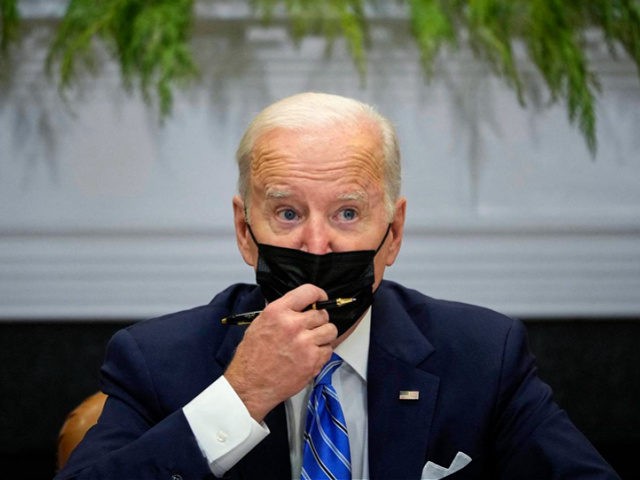Get ready for omiflation.
Our public health policy is geared around containing the spread of the virus and isolating both the infected and the exposed. As a result, ultra contagious omicron’s impact on the economy may be even greater than the deadlier Delta variant. And the biggest effect is going to be an exacerbation of our inflation crisis.
The path to inflation is quarantines and the labor supply. Millions of workers are likely to be sidelined because they are infected or quarantined due to close contact with someone who is infected. That will constrain production while doing little to consumption. It’s a textbook recipe for more inflation.
Why is Omicron likely be a big drag on the labor supply?
Public health recommendations and business policies require workers who test positive but have no symptoms to quarantine for five days. The CDC also recommends that anyone exposed to someone who has tested positive also quarantine for five days, unless they have had their second mRNA shot within the last six months (or the Johnson & Johnson shot within the last two months) or gotten the booster. While it is hard to track down vaccinations by vintages, only about 21 percent of Americans have received a booster. So each positive case among workers will cause a number of workers to be out for a week.
So how many workers could be forced to quarantine? Analysts at Bank of America recently worked out the math to show that if infections peak at two million per day and each positive case quarantines two other people, roughly 30 million could be quarantined per day. Now, many of those will be able to work from home, and some will not be in the workforce (children and retirees, for example). By the Bank of America analysts’ calculations, this works out to roughly 4.2 million in-person workers in quarantine absence on any given day. That’s nearly 2.5 percent of the U.S. labor force sidelined by infection or close contact quarantine. If the new case numbers or the close contact rate are higher, obviously the effect will be even larger.
That’s likely to pull down economic growth. Keep in mind that Gross Domestic Product measures economic output. So with that many workers unable to work, output falls. But since many of those workers remain on the payroll, demand should not be hit as hard (although it could shift as sidelined workers’ consumption patterns adjust to being at home rather than commuting). Fewer goods and services meeting the same level of demand is guaranteed to produce inflation. Heaping that inflationary pressure on an economy already suffering from rising prices and rising inflation expectations could set the stage for much more inflation than is currently built into most economic projections.
Note that the labor shortage will be almost invisible in the classical employment statistics. Quarantined workers still get counted as employed, and so they will not show up in either the weekly jobless numbers or the monthly unemployment figures. Evidence for this can be seen in the jobless claims figure released Thursday. Claims moved up just 7,000 to 207,000 despite the new case average topping 500,000 on the way to Monday’s one million new cases.
Employers may attempt to temporarily increase payrolls to cope with sidelined workers, but that will be hard given the already tight labor market. With job openings just below their recent record high, it would take Herculean efforts to bring on new workers as temps. Our guess would be that the disruptions caused by mass quarantines will make hiring harder in other ways as well. Quarantined workers cannot interview potential new hires in person, train the new recruits, or even attend meetings to discuss hiring. The quarantines will likely not just throw sands into the gears of production but also into the gears of hiring. So it is possible that there could be a slowdown in job growth and hiring due to omicron.
This week, the Department of Labor will release inflation figures that are expected to show that inflation picked up pace in December. The further spread of omicron will mean the January figures are likely to be even worse.
It’s very likely that inflation will keep on getting worse in the months to come, defying predictions that it would fade this year. That may force the Federal to act even more forcibly than expected. Goldman Sachs, for example, recently updated its forecast to show four rate hikes this year. Yet even that forecast is based on a somewhat benign inflation projection. If inflation keeps climbing, five or six hikes could be in our future.
All of which lines up an interesting scenario for the mid-term elections, now only 11 months away. Stocks could be down significantly due to Fed tightening, lower-income households feeling much worse off because of rising prices, and a Federal Reserve run by a squad of Biden appointees (chair Jerome Powell now counts as a Biden guy) hiking interest rates to make up for staying too loose for too long. The question in that scenario would be which party’s candidates can plausibly claim the populist mantle to run against the spendthrift, loose-money elites who broke the economy.

COMMENTS
Please let us know if you're having issues with commenting.